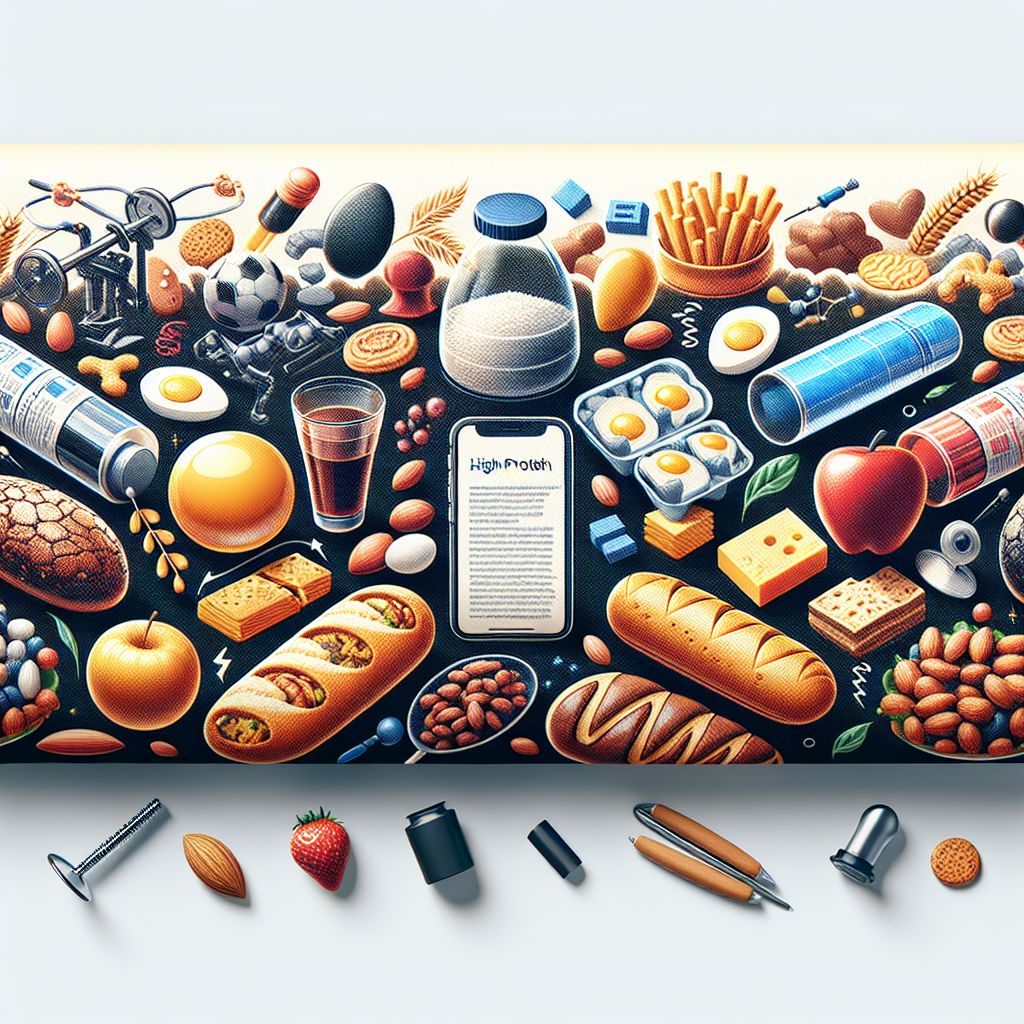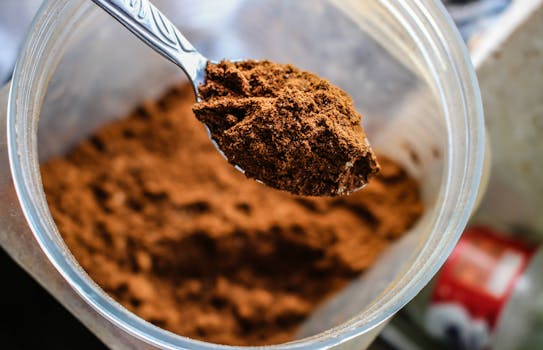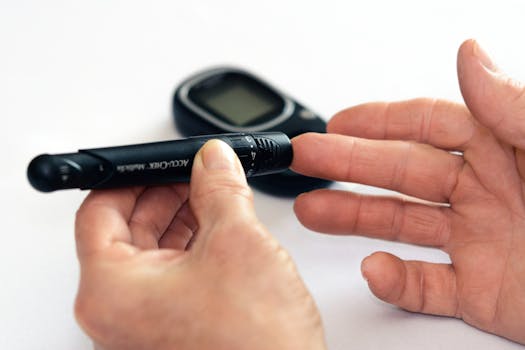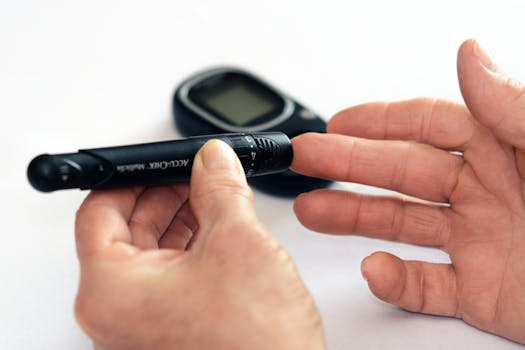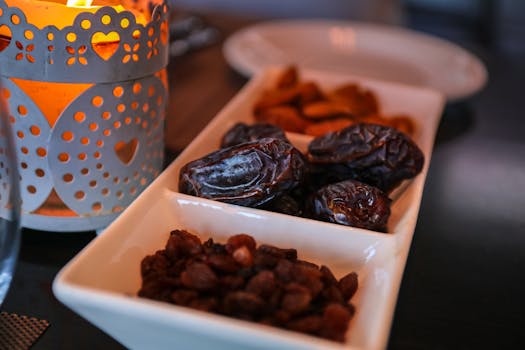Choosing snacks high in protein low in sugar can help steady energy, support muscle maintenance, and reduce midafternoon cravings without spiking blood glucose. Whether you’re managing weight, diabetes, or just trying to eat cleaner, smart snack choices make a big difference. This guide outlines practical options, packing tips, and label-reading advice so you can enjoy satisfying bites that align with your health goals.
High-protein, low-sugar snack options
Focusing on protein-rich, low-sugar choices helps keep hunger at bay and supports sustained concentration. Below are categories and specific examples that are easy to prepare or buy.
Quick ready-to-eat options
- Greek yogurt (unsweetened) with a sprinkle of cinnamon or a few berries
- Hard-boiled eggs — portable and nutrient-dense
- Canned tuna or salmon packets — pair with whole-grain crackers or cucumber slices
- Low-sugar cottage cheese with sliced cucumber or cherry tomatoes
- String cheese or single-serving cheese portions
On-the-go protein snacks and portable choices
For busy days, good protein snacks on the go are essential. Keep options that don’t require refrigeration or preparation:
- Roasted chickpeas or edamame (lightly salted)
- Mixed nuts or seed blends (watch portion sizes; nuts are calorie-dense)
- Beef, turkey, or chicken jerky with minimal added sugar
- Single-serve nut butter packets with celery or whole-grain crackers
How to combine flavors and keep sugar low
Balancing textures and tastes makes low-sugar protein snacks feel indulgent rather than restrictive. Try pairing creamy with crunchy or tangy with mild: cottage cheese with pepper and herbs, or Greek yogurt mixed with crushed nuts and lemon zest. For on the go protein snacks, assemble small containers with a protein, a crunchy component, and a low-sugar fruit like raspberries.
Simple recipes and portable packs
Preparing small portions ahead of time saves decision fatigue. Try these ideas:
- Mason jar layered salad: greens, grilled chicken, chickpeas, and a vinegar-based dressing in a sealed container.
- Protein snack box: hard-boiled egg, mini bell peppers, a few almonds, and a slice of cheese.
- Mini tuna salad: canned tuna mixed with Greek yogurt, chopped celery, and lemon — keep with whole-grain crackers.
Smoothies, powders, and careful choices
Protein shakes can be convenient, but watch for hidden sugars in flavored powders and pre-made mixes. If you use powders for shakes or smoothies, choose options with minimal added sweeteners and combine with unsweetened milk or water, spinach, and a small portion of berries. For those who need specialized guidance, see resources on protein powder for diabetics for selecting and using powders with blood sugar in mind.
Reading labels: what to look for
Understanding nutrition labels helps you avoid snacks that claim “high protein” but are loaded with sugars. Key items to check:
- Protein per serving: aim for at least 7–10 grams for a meaningful snack.
- Added sugars: look for “added sugars” on U.S. labels and choose items with minimal amounts.
- Total carbohydrate and fiber: higher fiber can blunt glucose response.
- Ingredient list: shorter lists with recognizable ingredients are usually better.
Why limiting added sugars matters
Excess added sugar is linked to weight gain and cardiometabolic risk. For reliable public health information about added sugars and recommended limits, consult the CDC guidance on added sugars. Pairing protein with low-sugar choices helps manage appetite and can improve overall dietary quality.
Packing tips and storage
To keep snacks fresh and convenient:
- Portion nuts and seeds into small bags to control portions.
- Use insulated lunch bags or small coolers for dairy and egg-based snacks.
- Prep snack boxes at the start of the week so healthy choices are easy to grab.
- Portable protein: jerky, nut butter packets, roasted chickpeas
- Fresh short-list: hard-boiled eggs, Greek yogurt, cheese sticks
- Prep-friendly: mini salads, tuna cups, snack boxes
FAQ
Q: Are protein bars a good low-sugar option?
A: Some bars are excellent, but many contain hidden sugars or sugar alcohols. Check labels for protein content and added sugars; choose bars with whole-food ingredients and at least 7–10 g protein per serving.
Q: How much protein should a snack have?
A: Aim for roughly 7–20 grams depending on your needs and the meal structure that day. Smaller people or mid-morning snacks may need less; post-workout snacks may benefit from the higher end of that range.
Q: Can I still enjoy fruit with these snacks?
A: Yes. Pair small portions of low-sugar fruit (berries, green apple slices) with a protein like cottage cheese or nut butter to balance carbs and support satiety.

